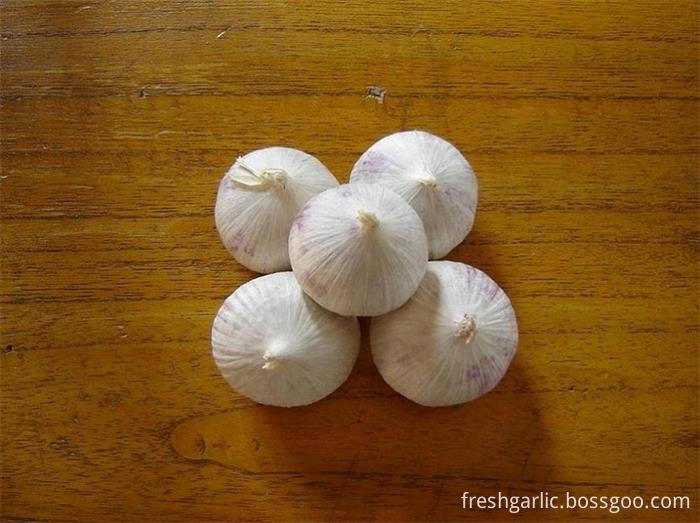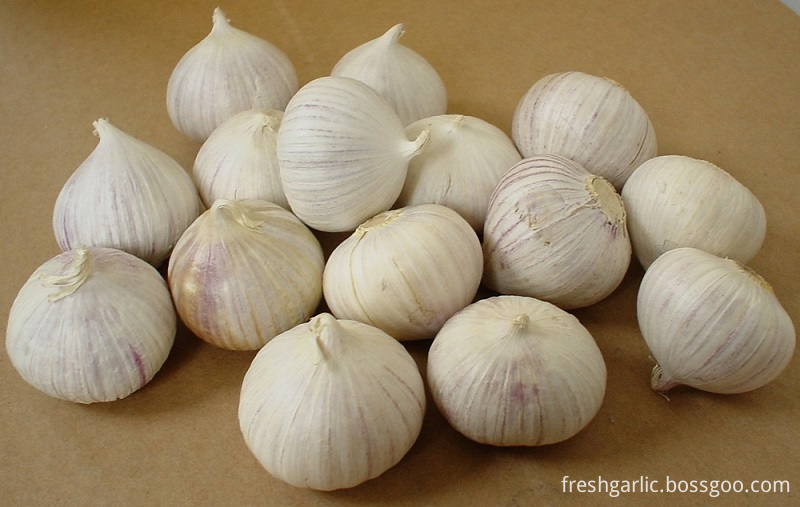Peanut stalk rot, commonly known as rotten neck disease, is distributed throughout the country's flower production areas. It usually occurs in the middle and late stages. It quickly wilts after the illness and is later known as susceptible. Fruit pods are often rot or dissatisfaction with species, resulting in serious losses. The average incidence of fields is 20% to 30%, and severe cases reach 60% to 70%.
First, the symptoms of bacteria from the cotyledon or larvae invade the plant, resulting in yellow-brown water spots in the root and neck lesions, after dark brown, causing root tissue decay. When in wet conditions, the diseased part produces conidiospore (ie, black small projections), the epidermis of the diseased part is easily peeled off, and the fibrous tissue is exposed. When the environment is dry, the epidermis of the diseased section is sunken and closely adheres to the stem. After reaching the stage of disease, about 10-30 days, the whole plant withers, and the diseased part is mostly attached to the ground at the base of the stem. Sometimes the main stem and collateral branch also appear dead in stages. .
Second, the incidence of pathogenic bacteria mainly in the seeds and soil in the sick plants overwintering, become the source of disease next year. If the diseased strain is used as a beverage, or if the manure is used to feed the animal's stool, as well as mixed fertilizers produced by mixed diseased plants can also spread. Spreading in the fields is mainly due to rainwater runoff in the fields, followed by strong winds, but the carrying of germs can also spread during agricultural operations. In rainy and wet years, especially during the harvest season, the harvest rate of seeds is high. Therefore, it is not only the main culprit of the disease, but it can also be transmitted through long distances through introduction.
Third, control methods
1. Prevent seed from mould and ensure seed quality. (1) Harvest at a proper time to avoid seed moisture and mold; (2) Dry seeds to ensure that moisture content does not exceed 10%; (3) Safe storage, pay attention to ventilation and moisture; (4) Must not use mold seed, degenerative seed (5) Peanuts with peanuts sown in early time have a lighter incidence; (6) Disease-resistant varieties are selected.
2. Rational rotation, preferably with wheat, sorghum, corn and other crop rotations;
3. Apply rotting fertilizer and strengthen field management.
4. Chemical control: Use 25% or 50% carbendazim wettable powder, according to the seed weight of 0.3% to 0.5% or 0.5% to 1% of the seed amount of water to mix liquid soaking, to be able to submerge Seeds prevail, soak for 24 hours and sow.
The Single Clove Garlic (also called Solo Garlic) is produced in the high mountain area of Yunnan Province in China, it is grown with organic fertilizers without chemical pollution. The harvest time is February to March each year. Solo garlic's price is higher than regular multi-clove garlic.
1. Commodity name: Single clove garlic
2. Feature: purple and white in color, good-looking appearance, unique flavour, strong fragrant taste compared with regular multi-clove garlic.
3. Origin: Yunnan province of China
4. Size: 2.5-3.0cm, 3.0-3.5cm, 3.5cm and up
5. Packing:
a) prepack: 250g/bag or basket, 10kgs/carton;
b) Loose packing: 10kgs/carton, 10kgs/mesh bag
c) packed according to clients` requirements.
6. Supply period: all the year round
a) Fresh season: early March to July
b) Cold storaged season: early August to the next February
7. Transporting and storing temperature: -3°C--+2°C
8. Shelf life: stored for up to 12 months in the proper conditions



Solo Garlic
Solo Garlic,Fresh Solo Garlic,White Solo Garlic,Natural Solo Garlic
JINING FORICH FRUITS & VEGETABLES CO., LTD. , https://www.forichgarlic.com